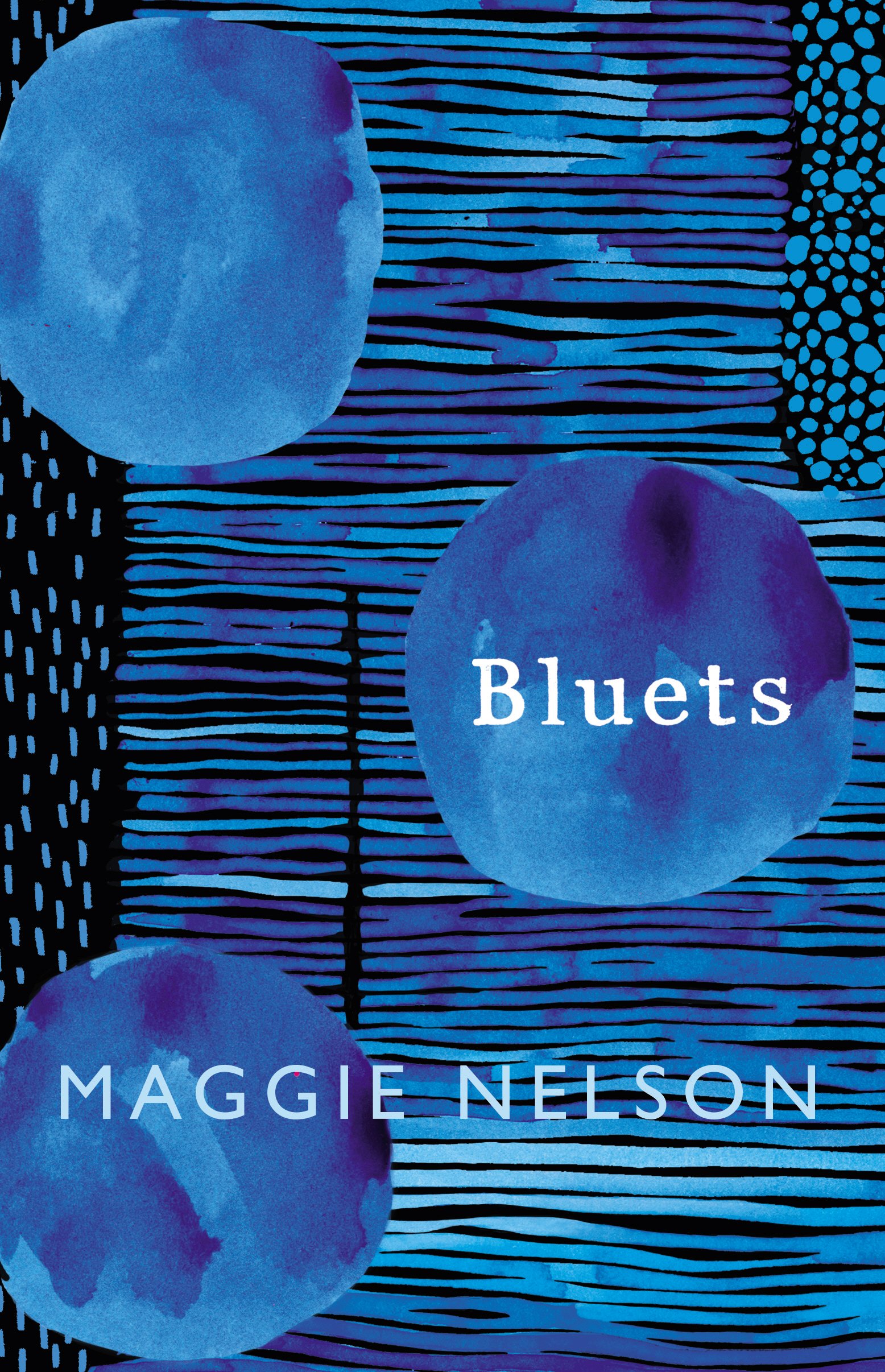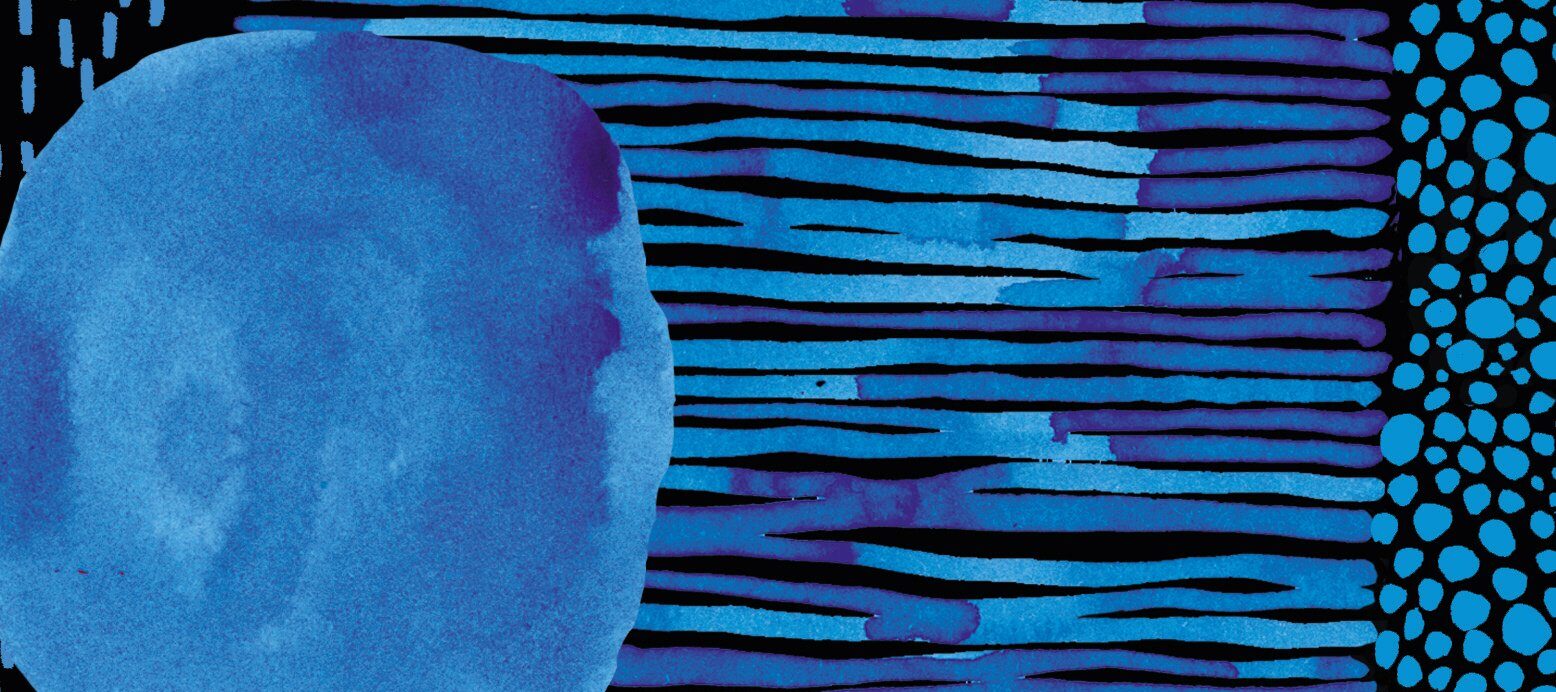“There is something of summer in this book, yes. Not the season’s warmth or lightness, but rather in the way it makes us more receptive to what is fleeting, to what shines and then slips away.”

In Bluets (2009), Maggie Nelson lingers, wanders, dives, and flutters around the color blue to speak of love, loss, desire, and the weight—and lightness—of being alive. This is a book with no fixed form; it is free, intimate, and resistant to categories. At different points, it takes the form of poetry, essay, memoir, journal, or all at once.
Above all, Nelson’s voice feels very close. Sometimes when reading poetry or lyric essays, it can be hard to connect with the narrator. Not here. Nelson’s prose is intimate, direct, and vulnerable—as if she is thinking out loud and the reader is her sole witness. The connection is immediate, almost inevitable.
This is a personal project, nearly devotional. Nelson collected blues over the years: she wrote with blue ink, filled blue notebooks and blue folders, and surrounded herself with blue things. One tender moment in the book recalls the simple joy of blue flowers—cornflowers, forget-me-nots, morning glories—and their brightness, so fleeting and precise, like the hue of a feeling you can’t name but have felt. Here, blue is experienced in full sensory color.
Nelson reveals the color in all its forms: as longing, as brightness, as thread, as sky. Blue has a cosmic effect, becomes a vessel for thoughts on grief, intimacy, philosophy, art, and the act of writing itself. At the center of blue is a gaze—deeply feminine, lucid, and unflinching. “That this blue exists makes my life a remarkable one, just to have seen it. To have seen such beautiful things,” she writes.
Nelson weaves in philosophical, literary, and artistic references—from Cézanne to Warhol, van Gogh to Goethe. However, she gives special attention to painter Joan Mitchell (1925–1992), whose work Les Bleuets (1973) lends the book its name. Nelson describes the painting as “arguably my favorite painting of all time.” It is an abstract artwork without a recognizable subject, yet it is full of emotional substance.
There is something of summer in this book, yes. Not the season’s warmth or lightness, but rather in the way it makes us more receptive to what is fleeting, to what shines and then slips away. Reading Bluets is a way of being still, of contemplating a color that insists on staying, even when everything else has gone.
Purchase your copy of Bluets in NMWA’s Museum Shop.
